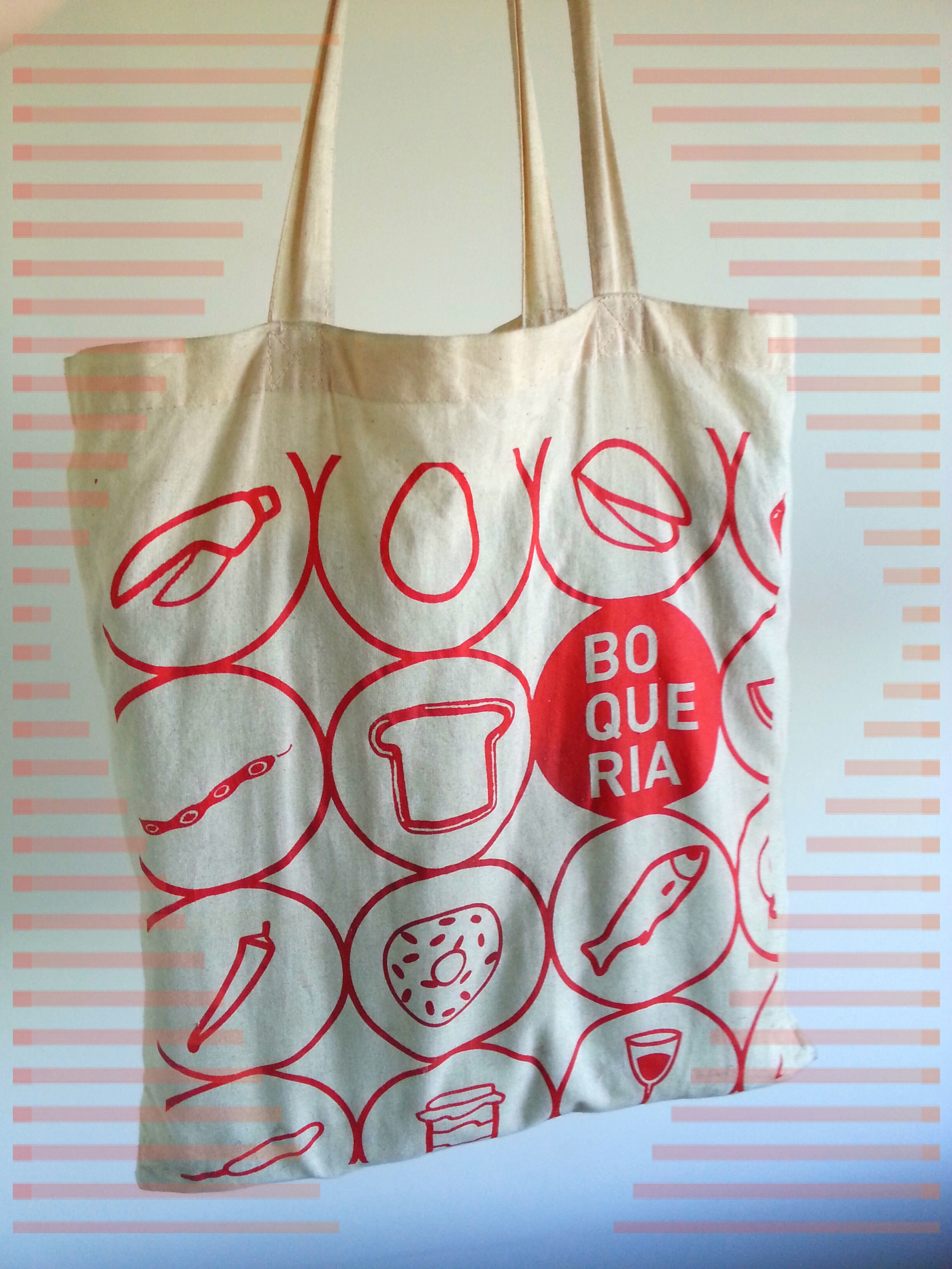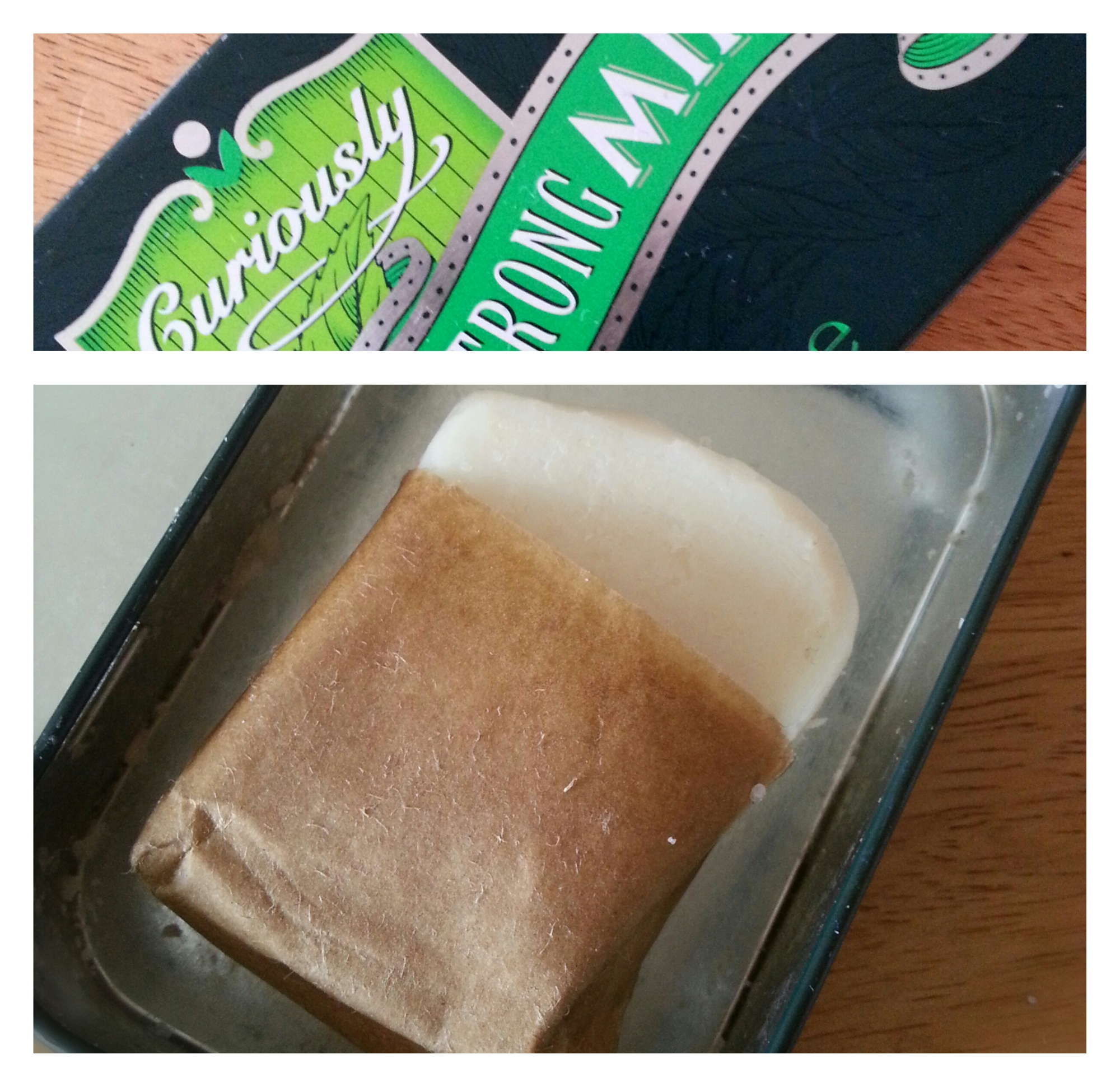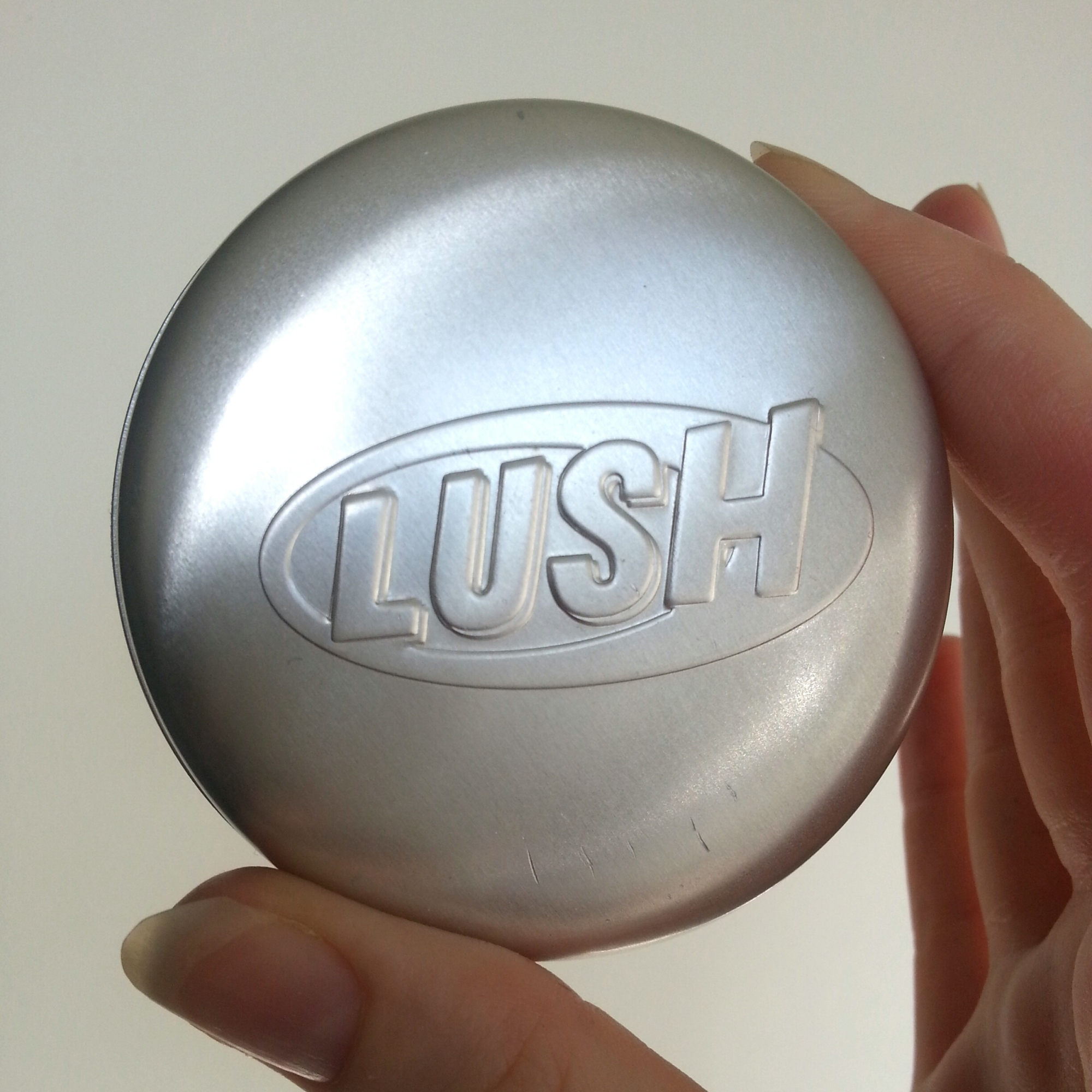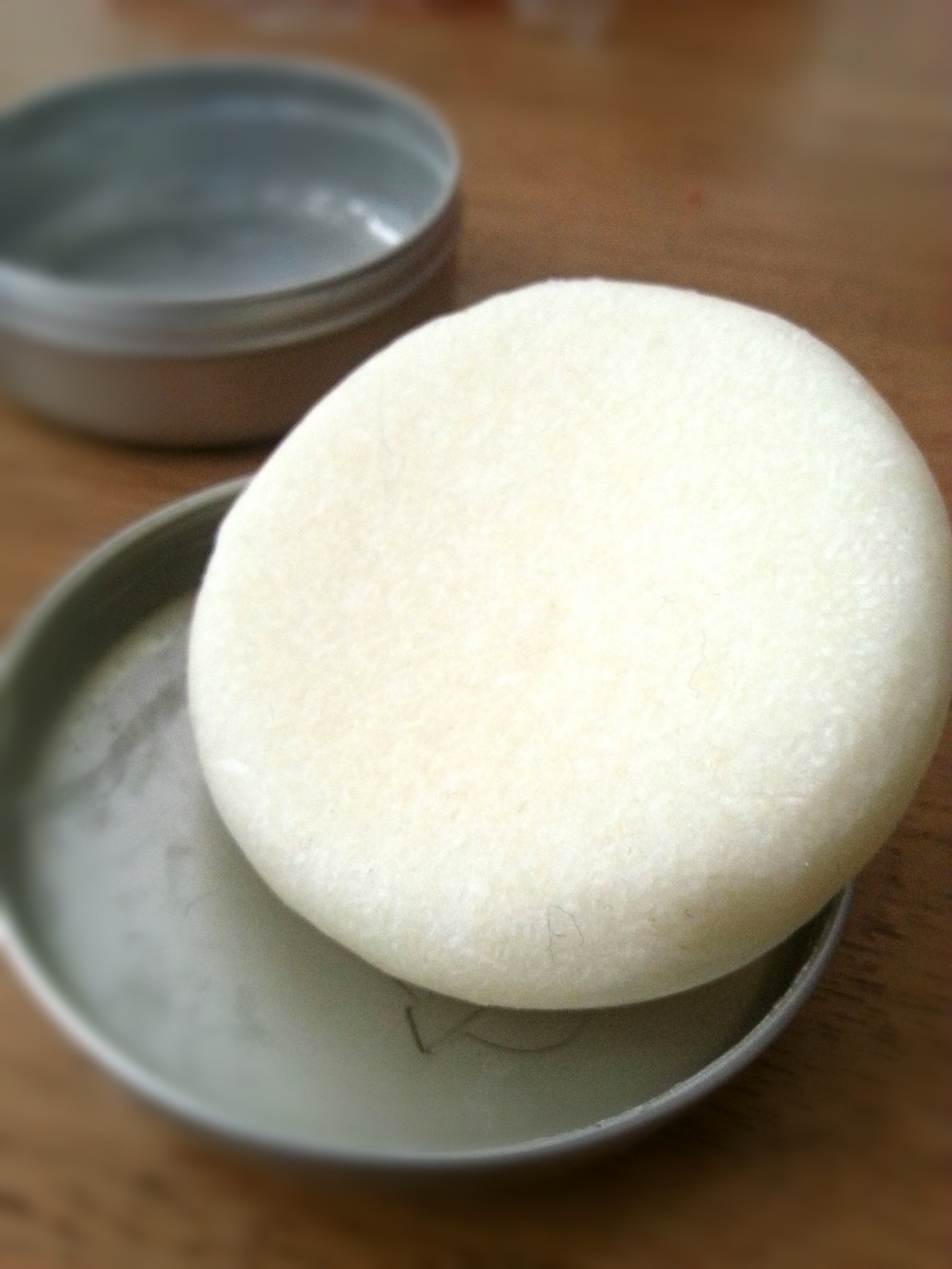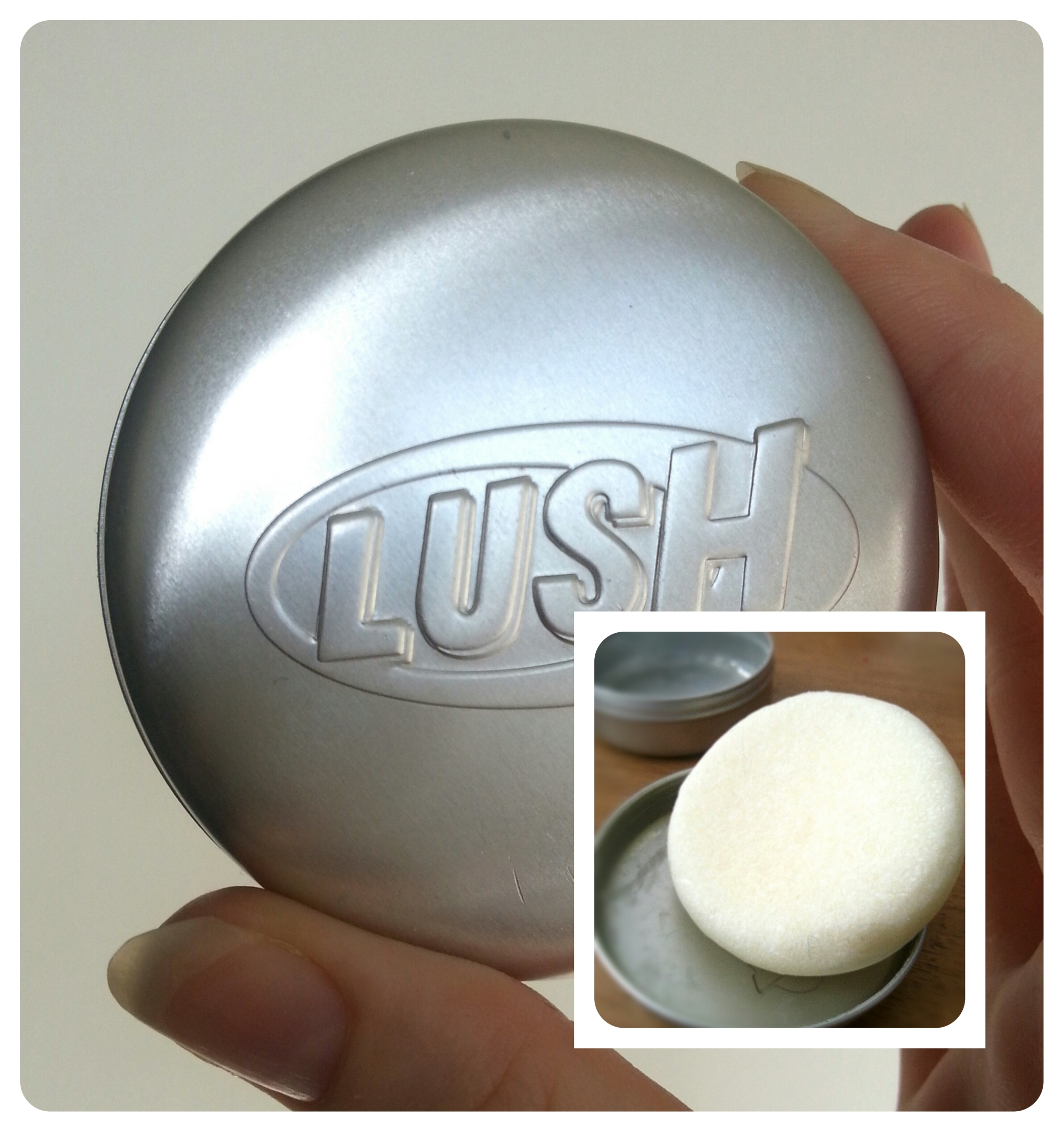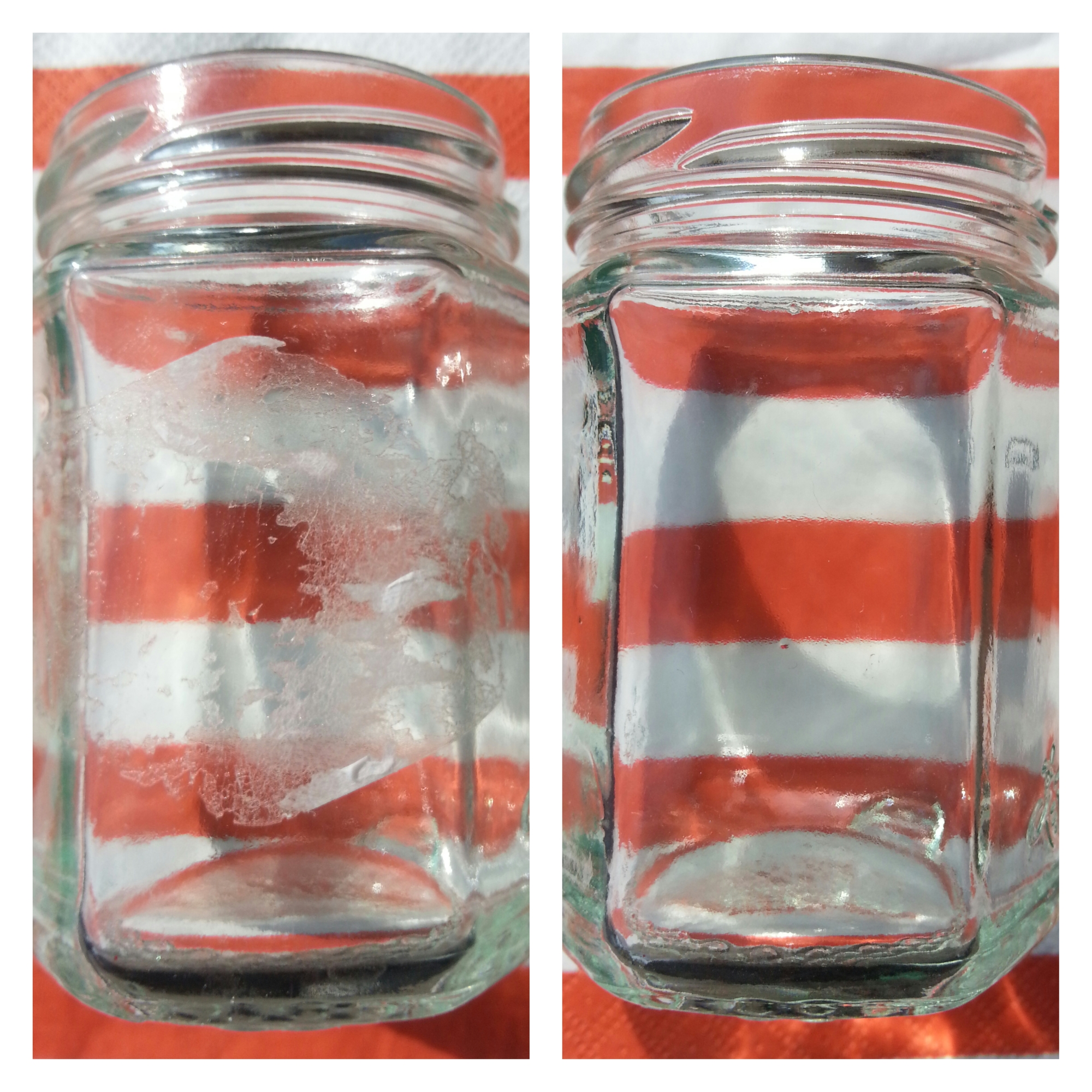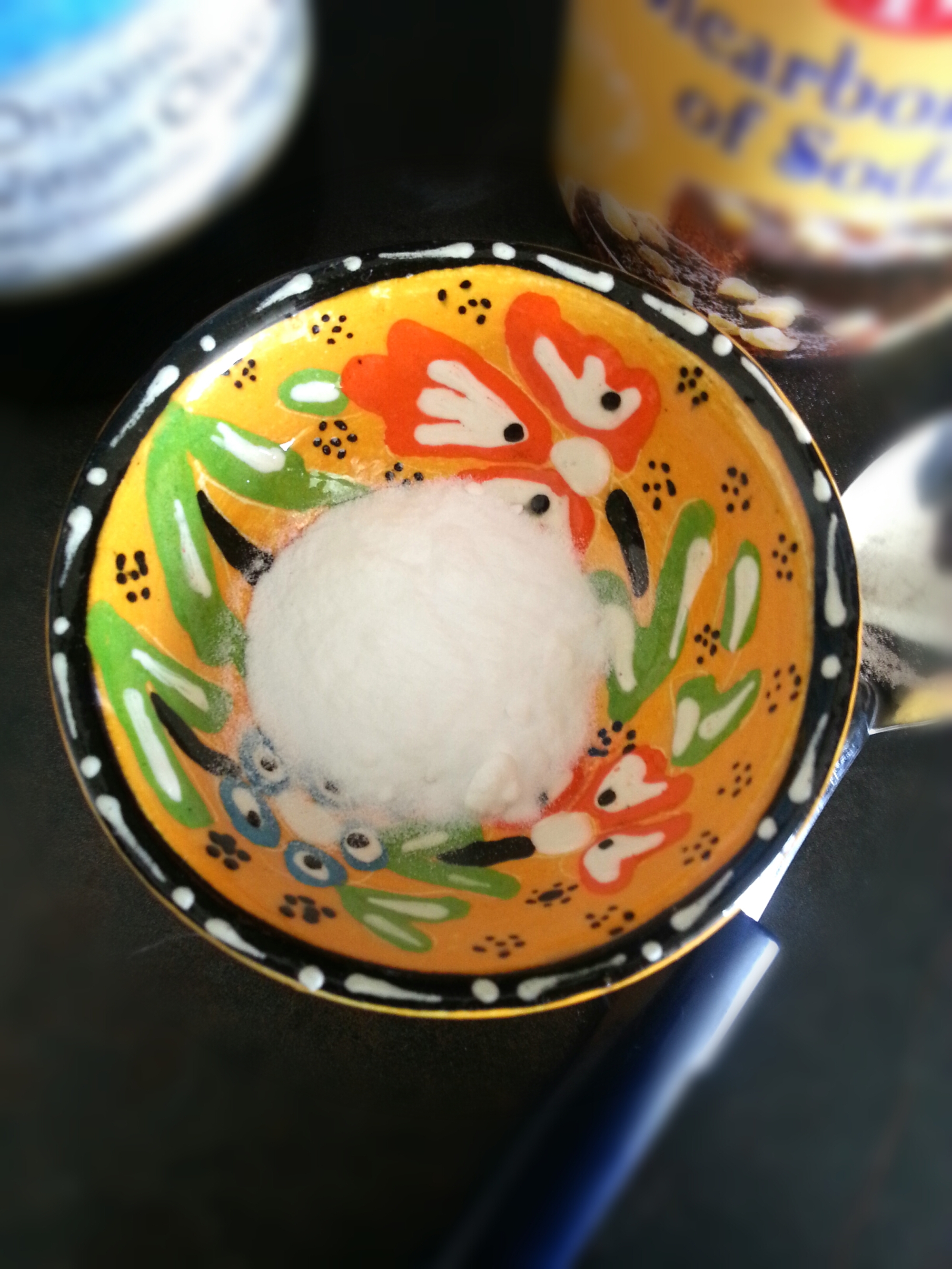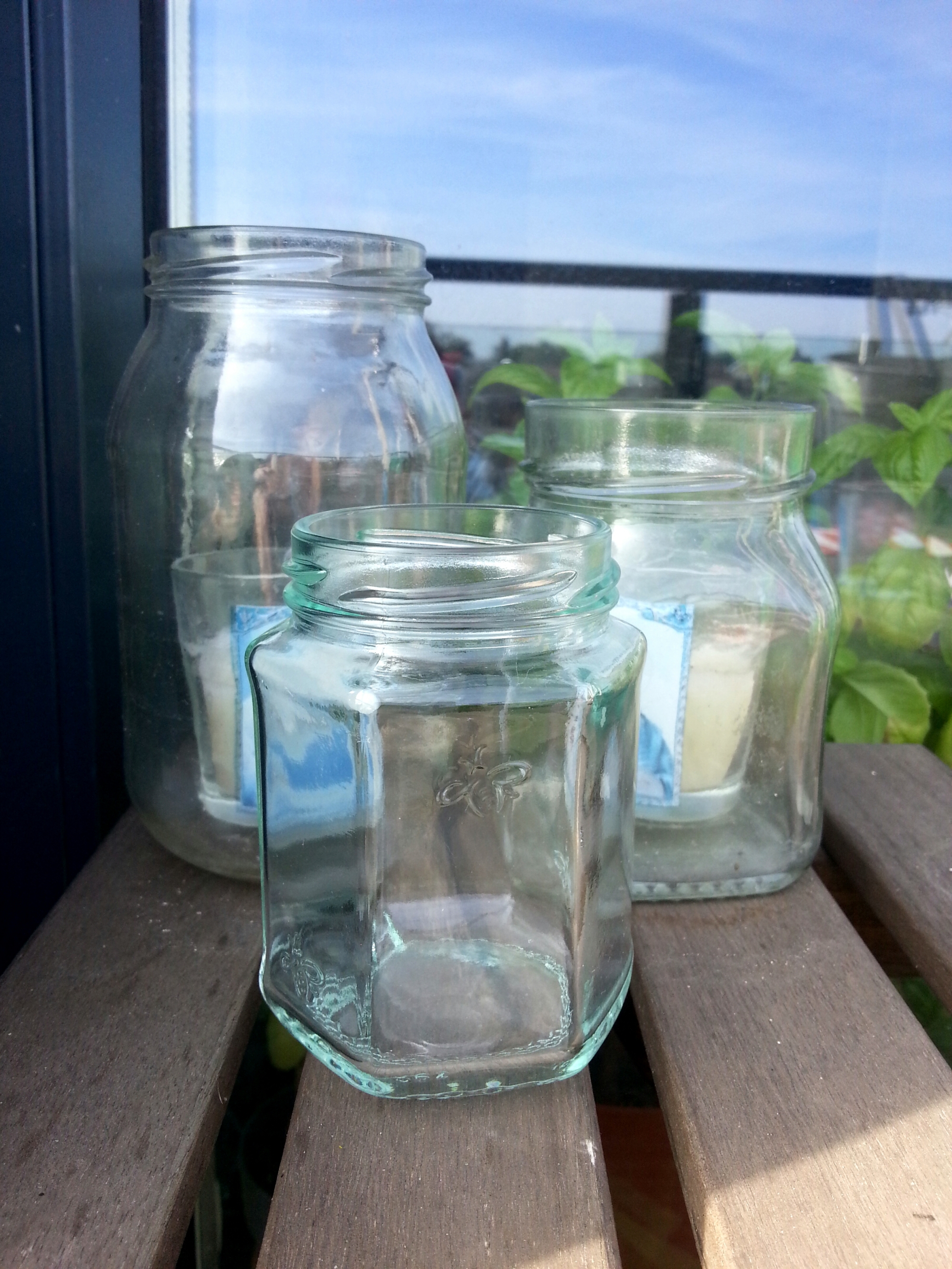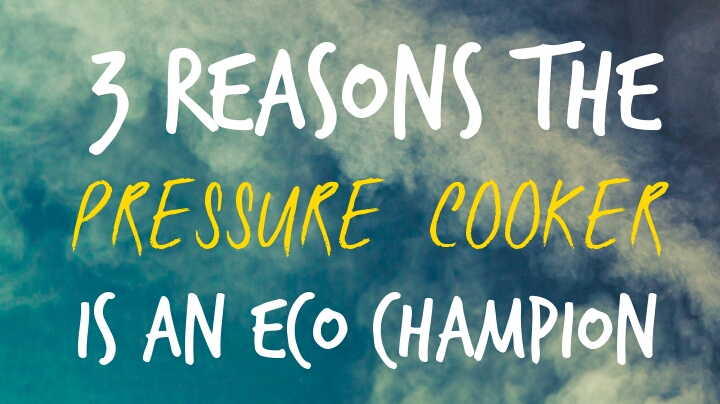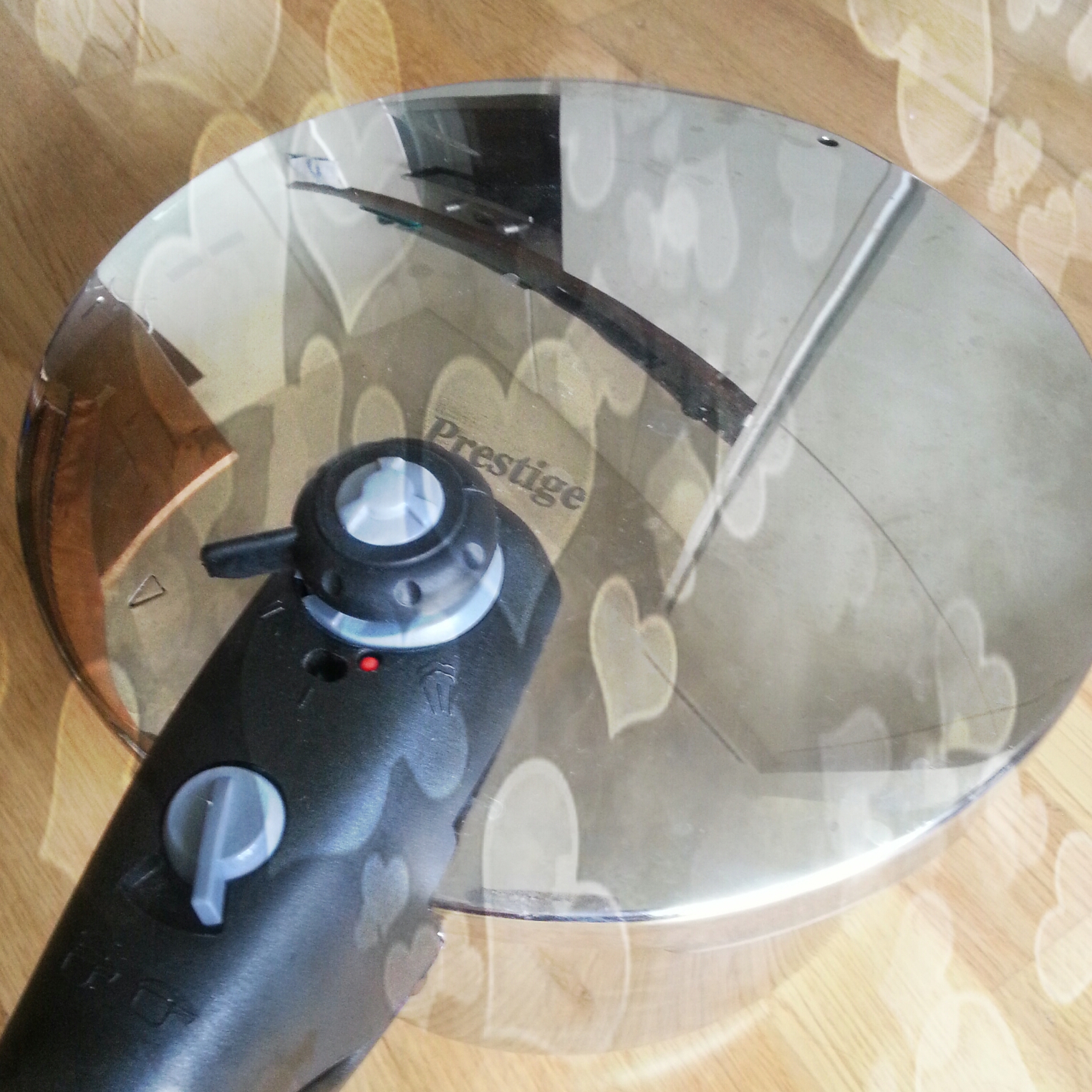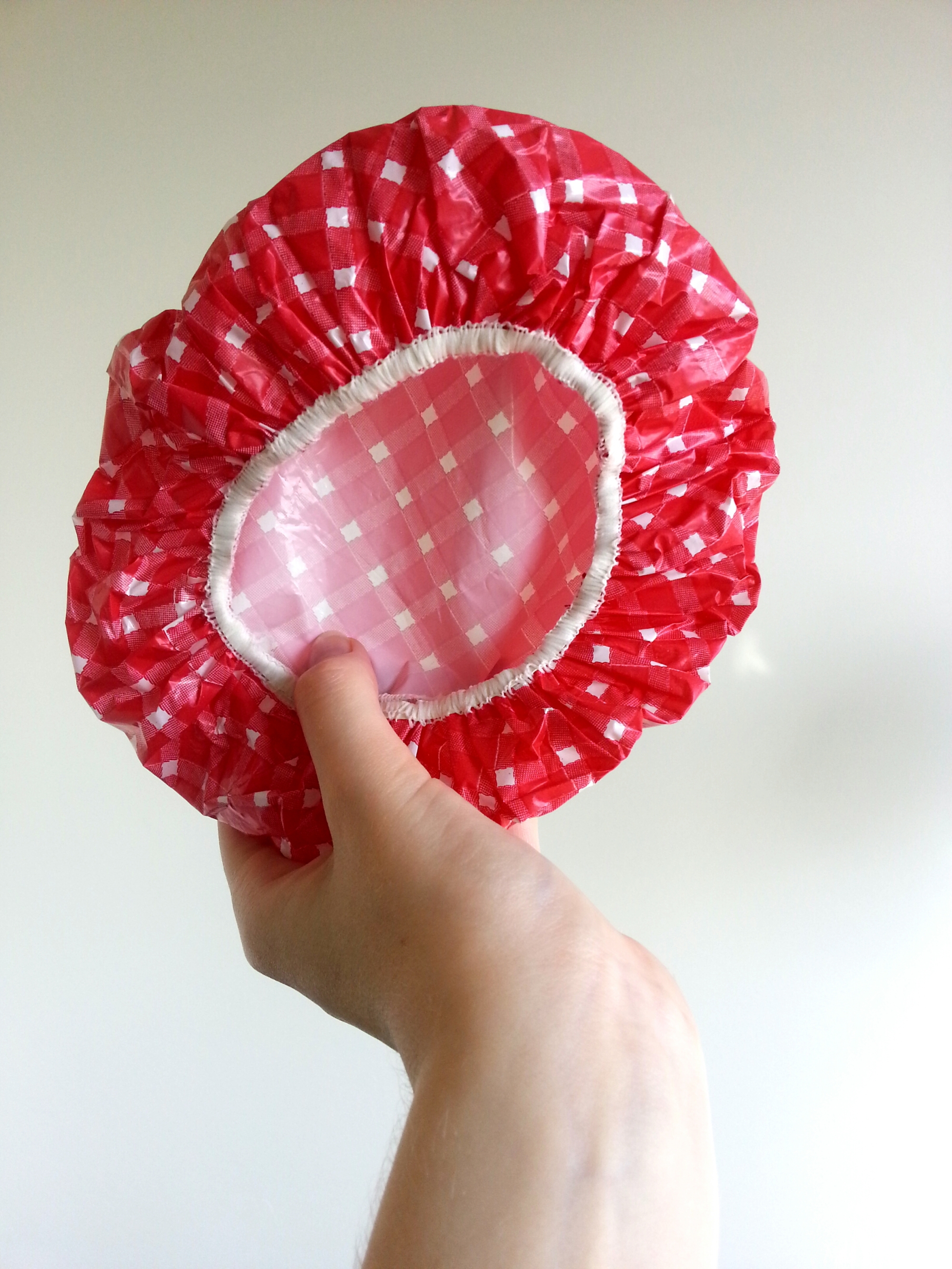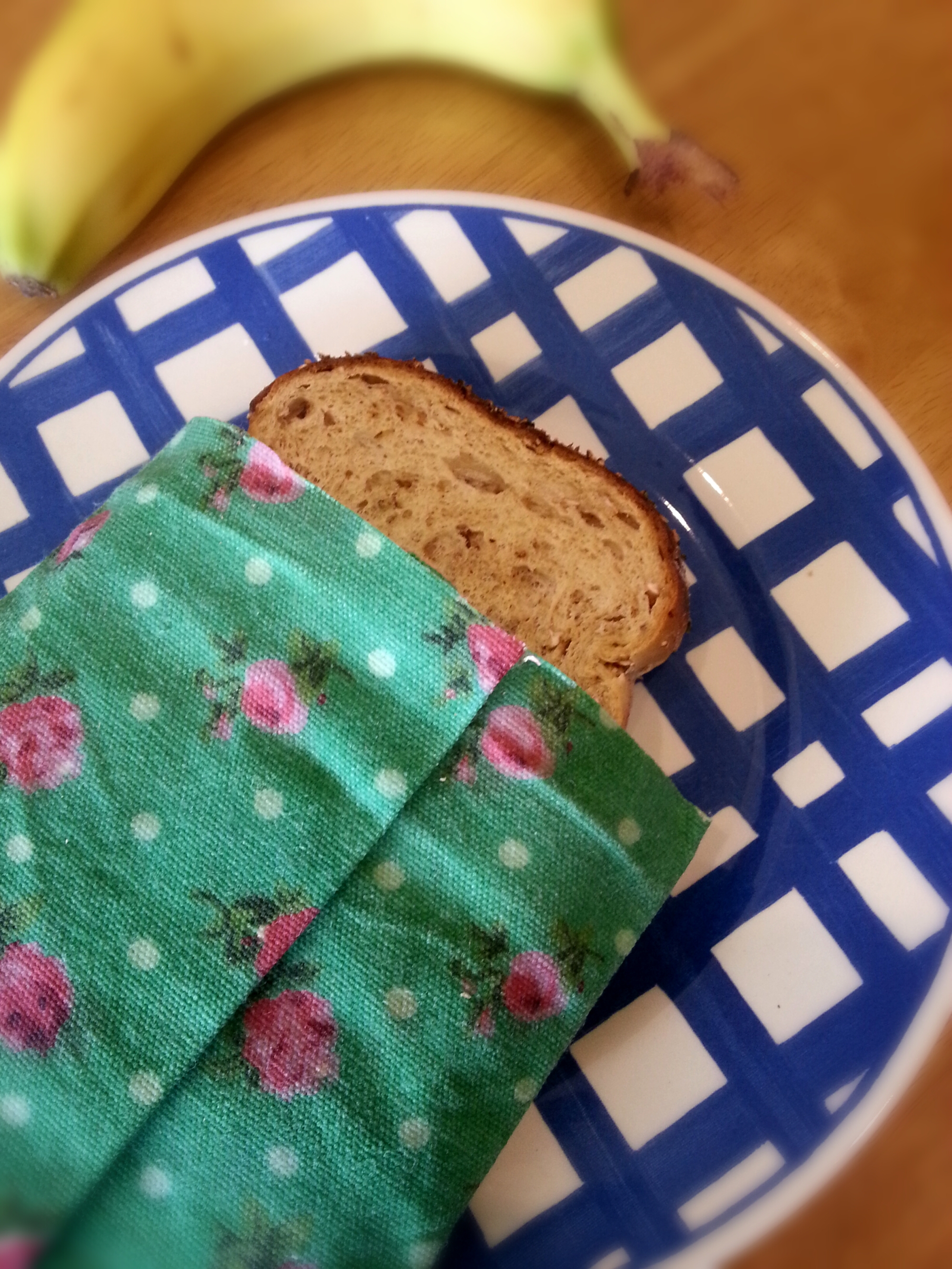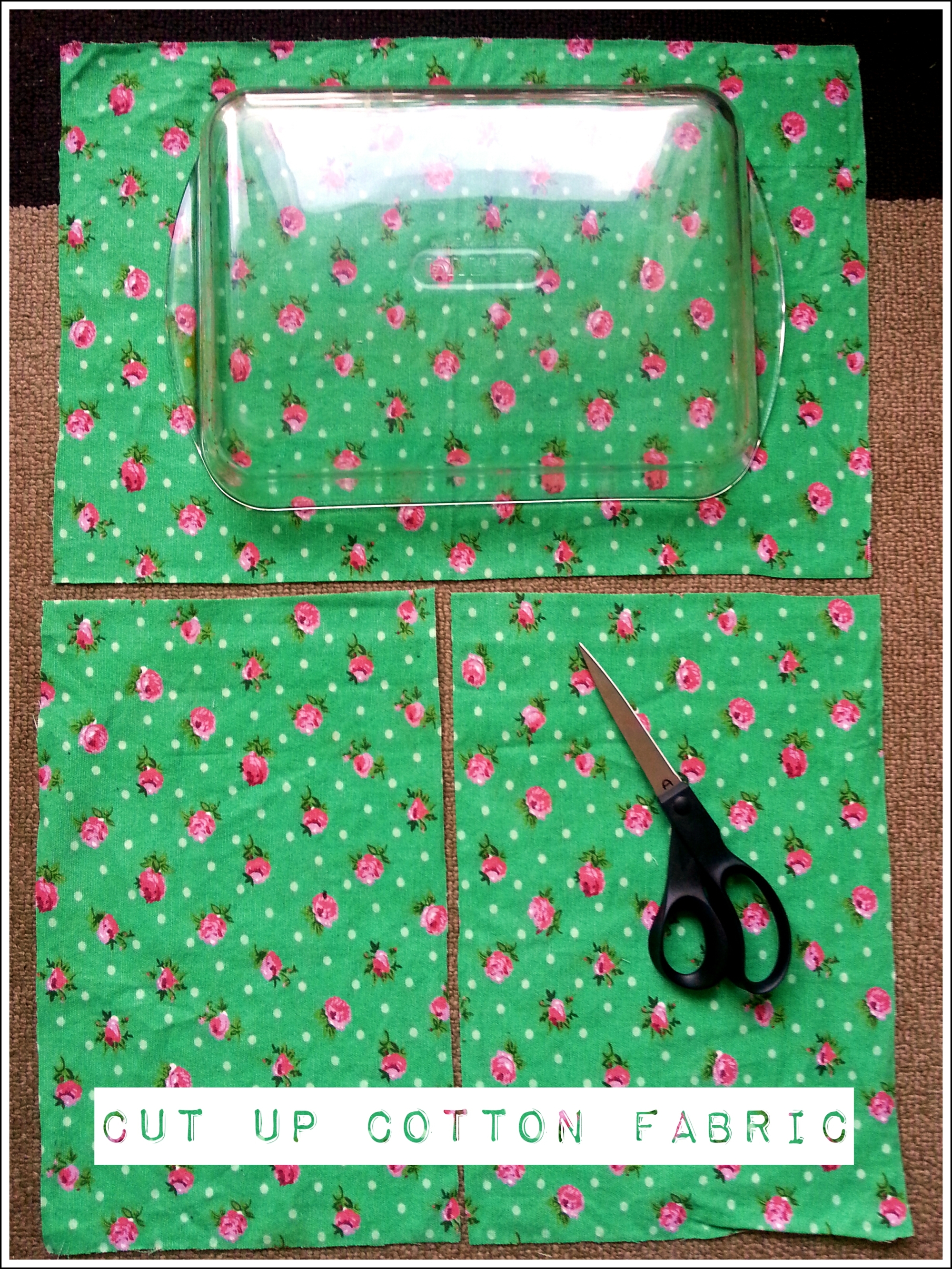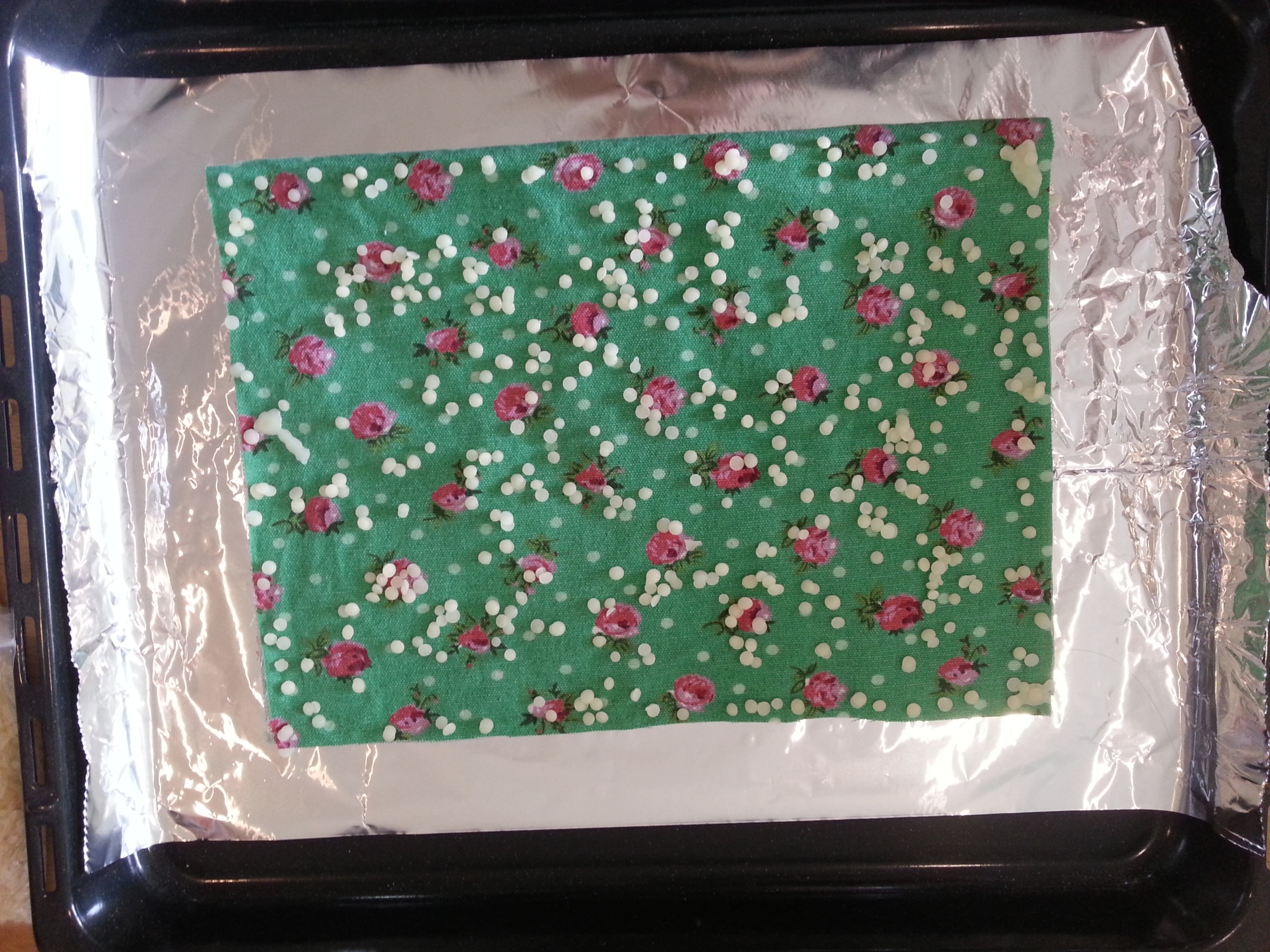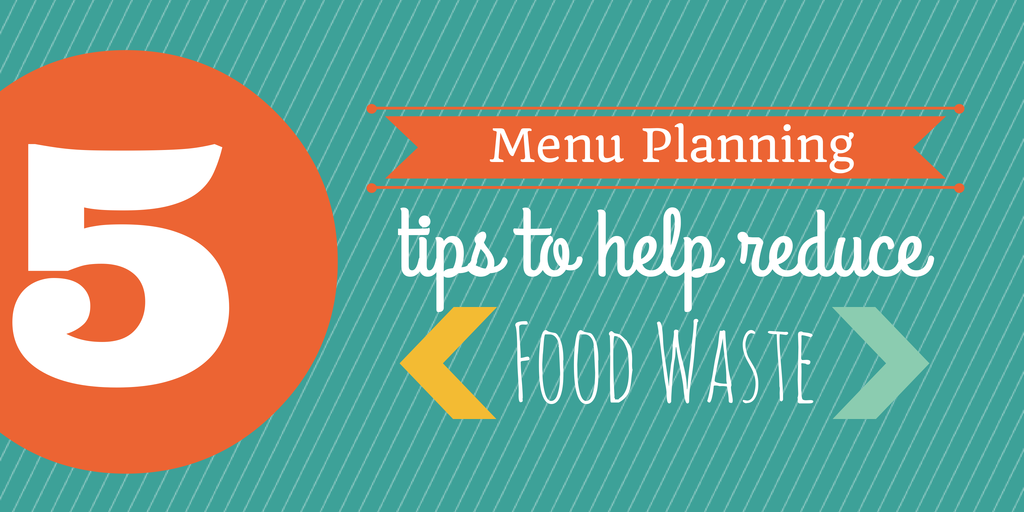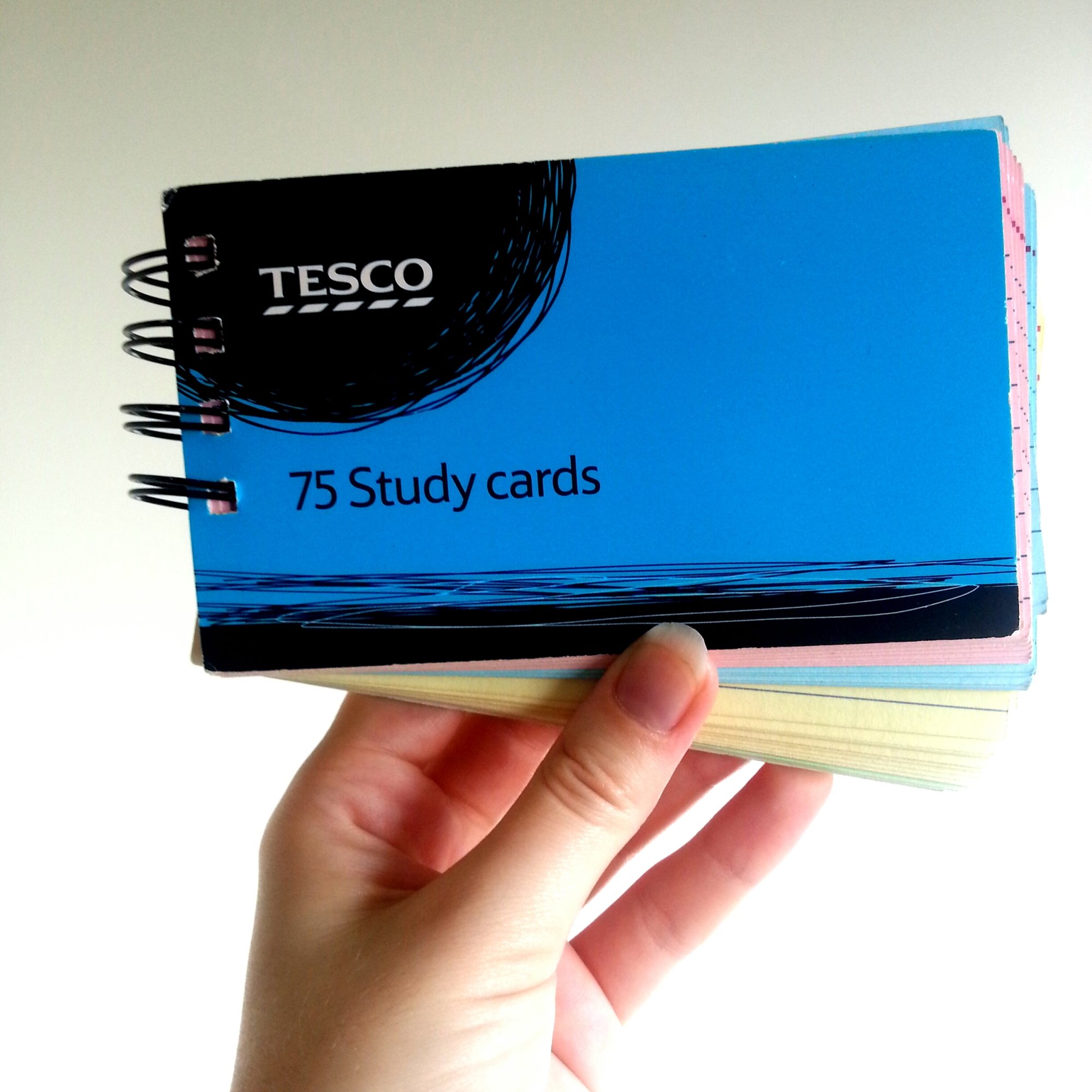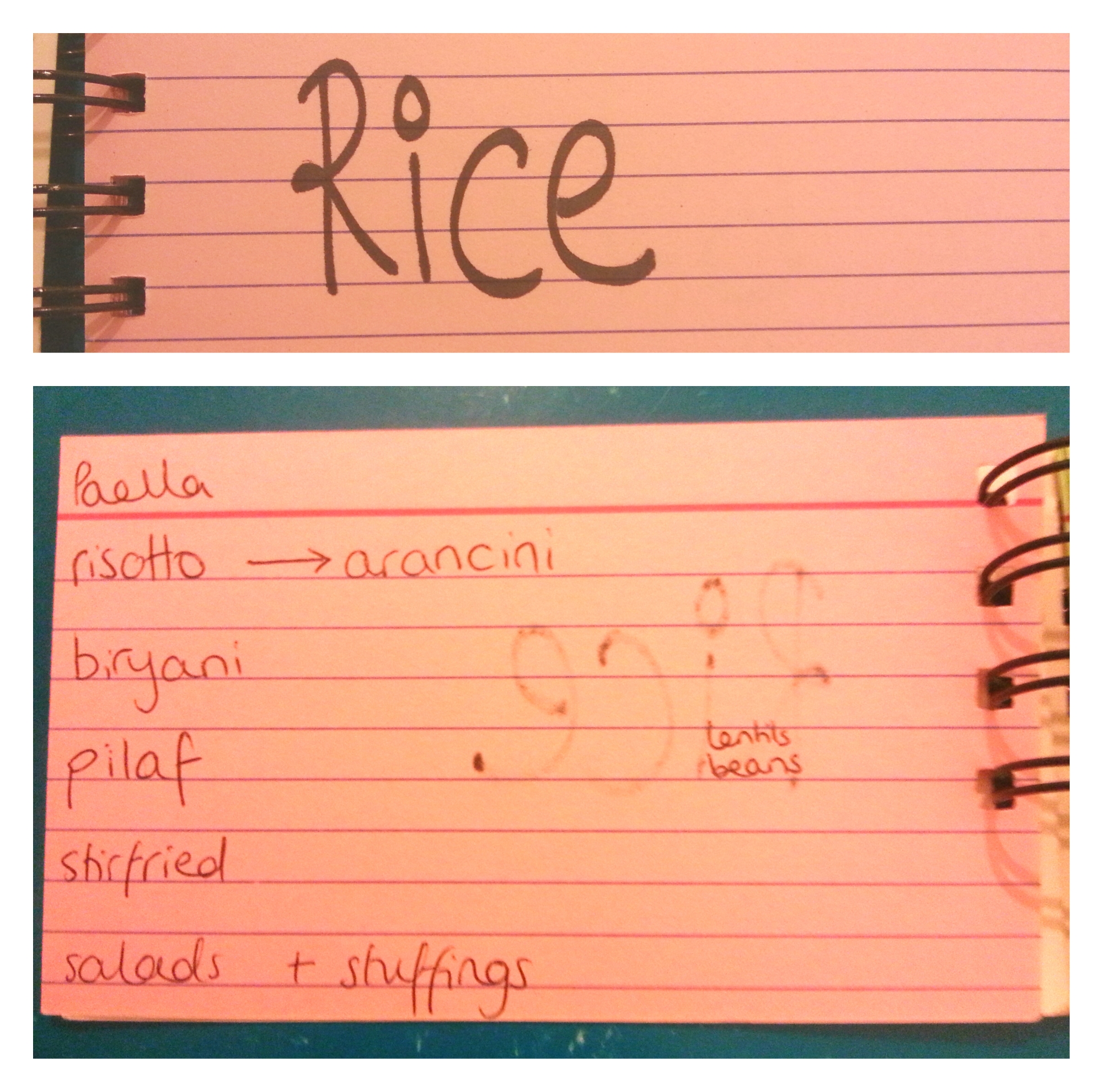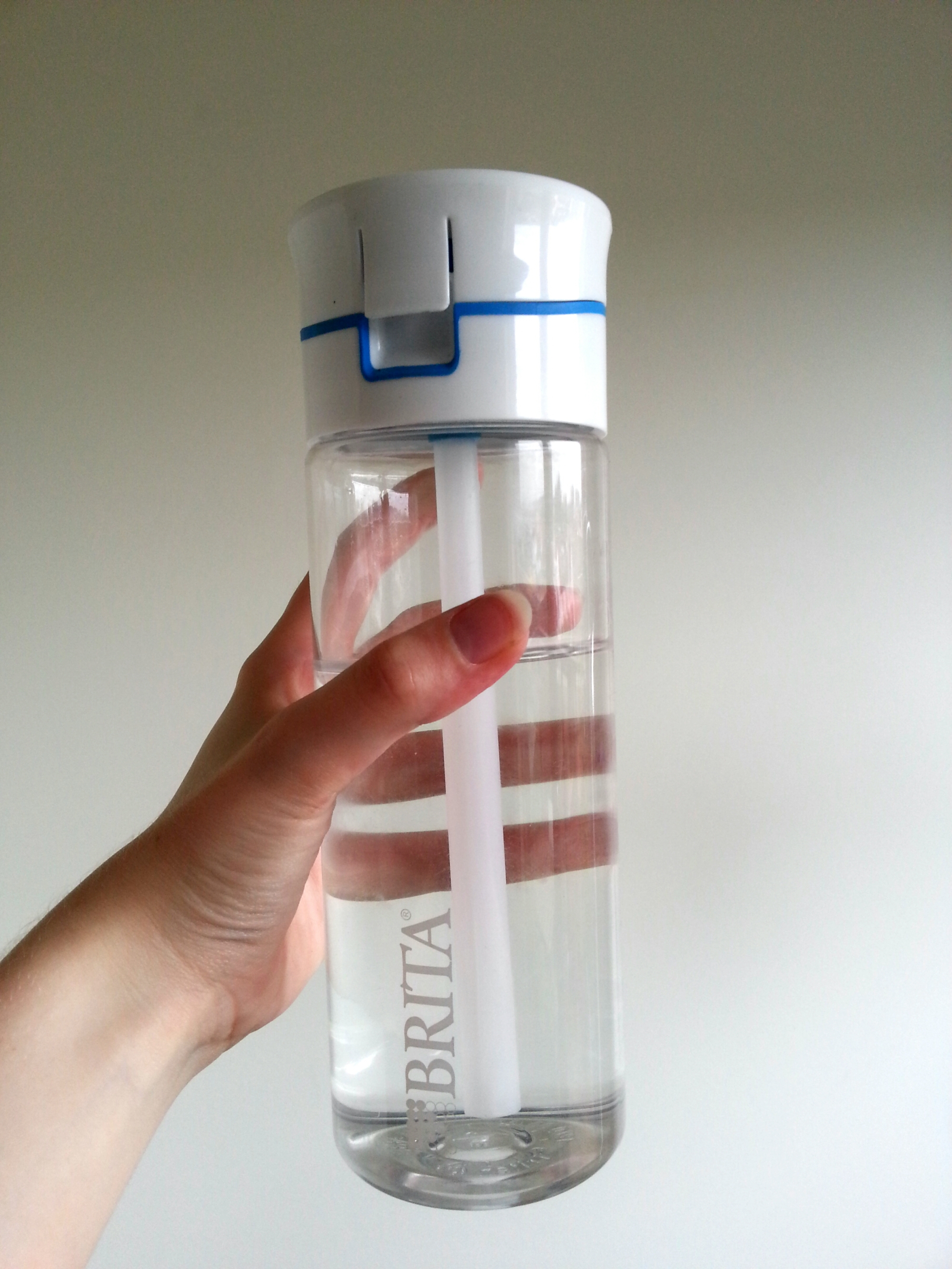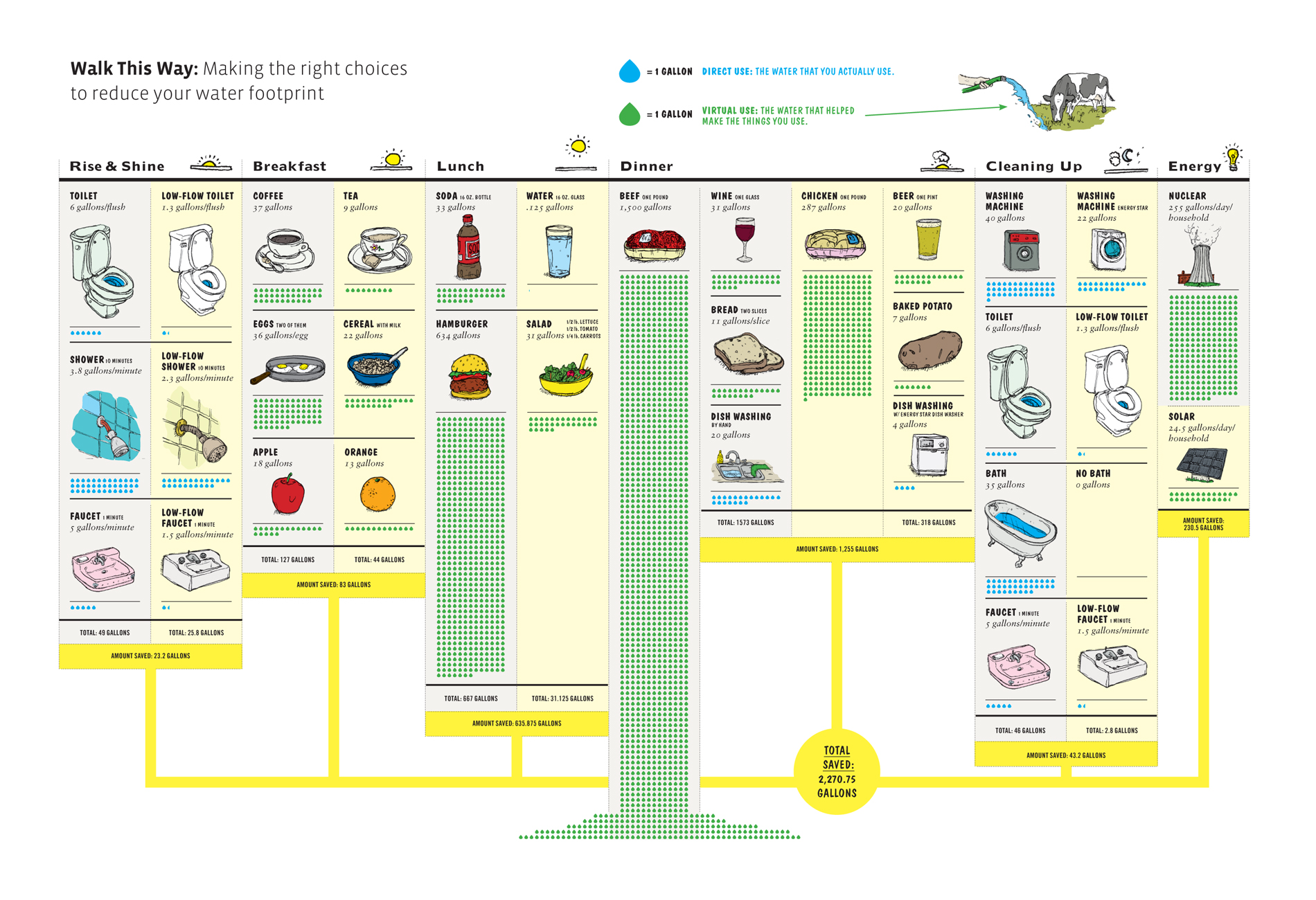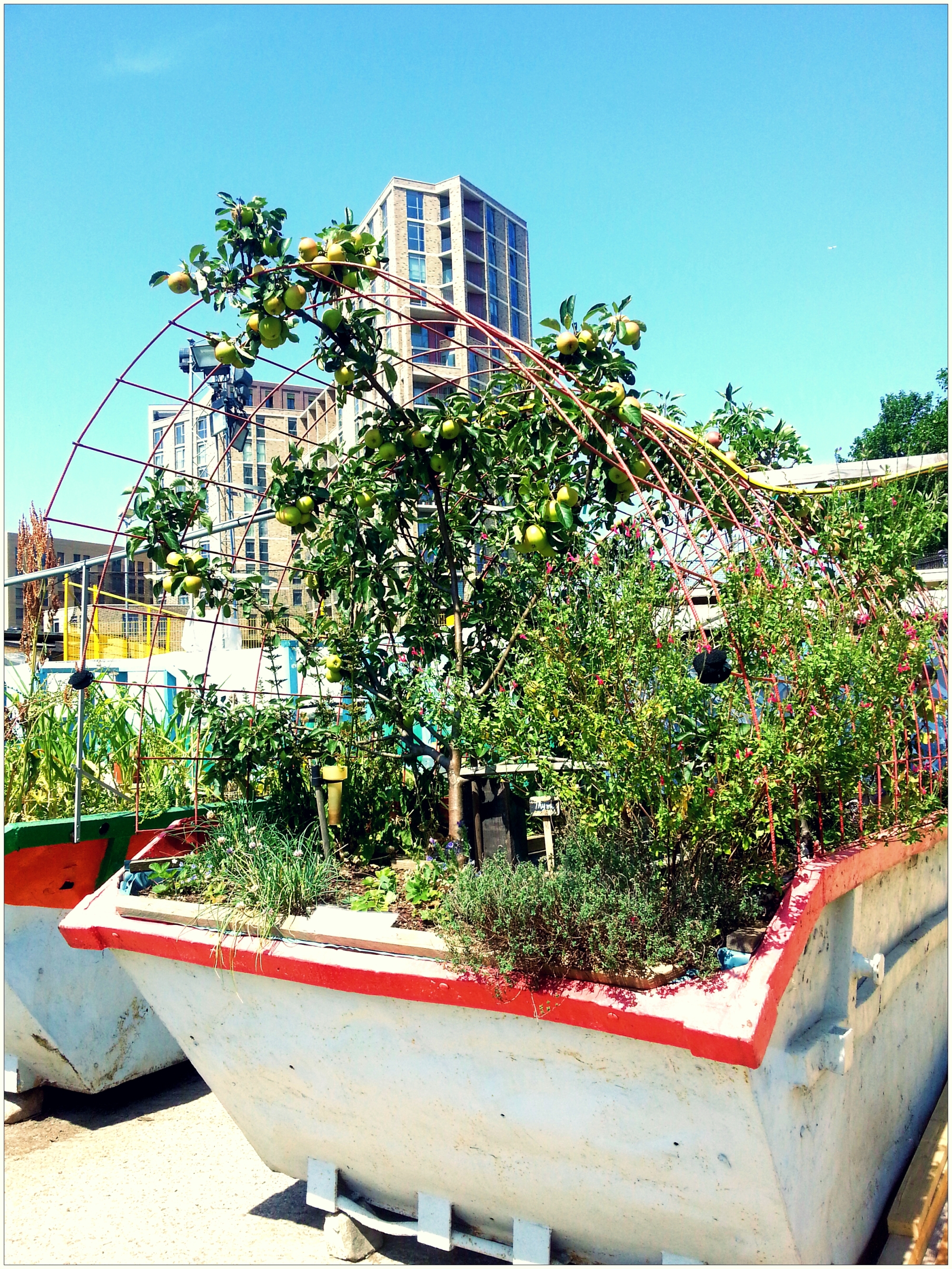Plastic bags, not so bad, apparently. Apart from their extreme dexterity, as adept at deep sea diving as they are dancing on the edge of the wind, they may actually contribute less to greenhouse gases than paper. This then, is confusing for the do gooder consumer, like myself, who has gone to great lengths to exorcise these flimsy plastic poltergeists. Tip eleven aims to demystify which is the better eco bag; cloth, plastic or paper.
What’s wrong with paper and what’s right with plastic then? Paper bags often come from our Nordic neighbours’ sustainable forests, which is great, but the process of turning wood into paper is highly energy intensive leaving a large carbon footprint. Furthermore, paper bags break down into methane, one of the mosy noxious greenhouse gases. Plastic bags do not break down into methane, mainly because they do not break down at all, living for eternity in a landfill limbo. The energy that goes into their manufacture is also significantly less than paper and to top it all off, plastic is more durable than paper if you are reusing before recycling. The heavy duty plastic bags of the more luxurious retailer are less green as they take more energy to make. One case where low quality is better. No need to self flagellate if you have to pick up a plastic once every so often.
Undoubtedly though, the triumph of the bag world has to be the reusable cloth bag. Despite the moderate carbon footprint generated through their production, the durability and long lifespan more than comornsates for it. Better yet, check that it is made from organic cotton and you’re on the stairway to eco heaven once again. Of course, string, hessian and other natural fibre bags are great too. There are even little mesh, muslin or cotton drawstring bags for those small or loose items liable to roll around or slip of of the basket, but perhaps more of that in a future post.
The main green factor considered here has been carbon footprint and greenhouse gases. Plastic bags are a menace to the environment in many other ways, from endangering wildlife to becoming a main component in the plastic soup of the great pacific garbage patch (see this post). For these reasons, my own native Northern Ireland recently put a tax on plastic bags and you have to pay if you want one. By the end of the year we might be able to judge to what extent the initiative is a success. The mockumentary below sums up the ecological dangers of plastic bags well, so please remember to bring your reusable bag to the grocery store and pop a spare in your bag for those impromptu shopping sessions. I leave you with the dulcet tones of Jeremy Irons on this clip.
Sources
Clark, D. The Rough Guide to Green Living
